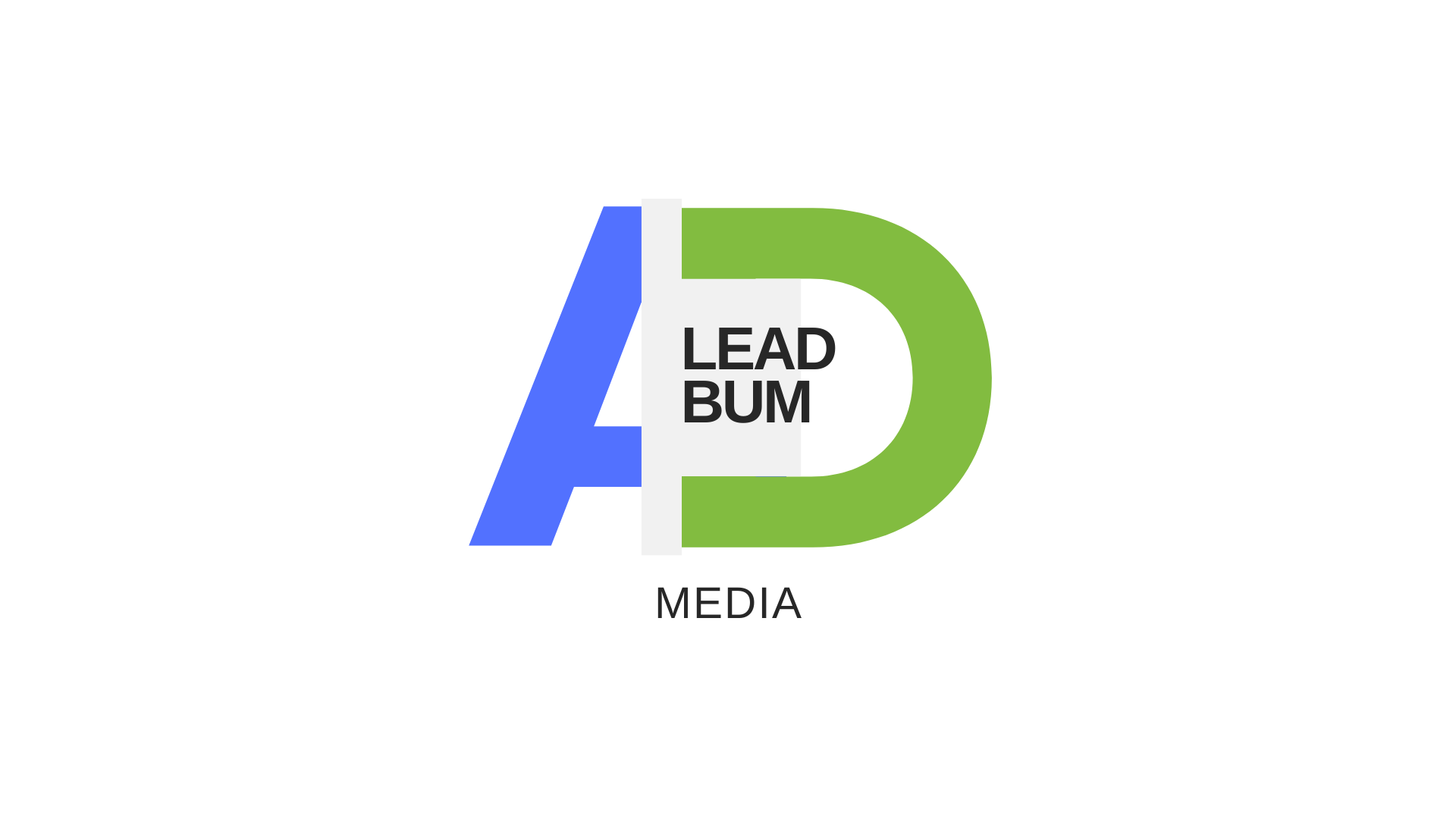In the fast-paced world of insurance, innovation isn’t just a buzzword; it’s a necessity for growth. One powerful strategy that has reshaped how insurers and their partners connect with customers is **auto insurance revenue sharing**. This model offers a mutually beneficial framework, allowing various entities to participate in the lucrative auto insurance market by generating leads or facilitating sales.
Whether you’re an affiliate marketer, a lead generation specialist, or an insurance provider, understanding the nuances of revenue sharing can unlock significant opportunities. It’s about more than just transactions; it’s about strategic partnerships and optimizing the customer acquisition journey.
## Understanding the Core Models of Auto Insurance Revenue Sharing
At its heart, auto insurance revenue sharing typically operates through a few primary models, each with distinct advantages and payout structures. These models are designed to compensate partners for their role in bringing new business to insurance providers, driving growth across the industry.
### Cost Per Lead (CPL) Programs
**CPL auto insurance programs** are foundational to many revenue-sharing strategies. In this model, affiliates or partners are compensated for submitting qualified lead information. A qualified lead isn’t just any contact; it’s typically someone actively seeking auto insurance, providing accurate contact details, and meeting specific demographic or behavioral criteria set by the insurer.
Payouts for CPL campaigns can range significantly, often between $10 to $100 per qualified lead, depending on the specificity of the campaign and the perceived value of the lead. The emphasis here is on volume and the precise targeting of individuals who are genuinely in the market for a new policy.
### Cost Per Sale (CPS) Programs
Moving beyond lead generation, the Cost Per Sale (CPS) model offers a more direct revenue share when a referred customer successfully purchases an auto insurance policy. This model often provides higher commission rates, as the payout is tied directly to a completed sale. CPS programs can be incredibly profitable, especially if customers remain insured for an extended period, reflecting a higher customer lifetime value.
While traditional affiliate setups less commonly offer recurring revenue from policy renewals, some modern platforms and direct partnerships are beginning to integrate this, further enhancing the long-term earning potential for partners. This shift acknowledges the enduring value of retaining customers.
### Pay-Per-Call Models
Less prevalent but equally effective in certain niches, Pay-Per-Call models compensate partners for generating qualified phone calls from potential customers. This often applies to campaigns targeting complex insurance needs or demographics that prefer direct interaction over online forms. The quality of the call, including duration and intent, usually determines the payout.
## The Critical Role of Lead Quality in Auto Insurance Affiliate Marketing
In any **auto insurance revenue sharing** model, the quality of the leads generated is paramount. High-quality leads are the lifeblood of successful campaigns; they represent individuals who are actively seeking insurance and are prepared to make a purchasing decision. For affiliates, better leads mean higher conversion rates and, consequently, greater earnings. For insurance providers, they mean a more efficient customer acquisition process and a healthier bottom line.
Lead generation companies and affiliate programs increasingly leverage sophisticated tools like lead scoring and real-time delivery to ensure that only the most relevant and promising leads reach insurers. This precision reduces wasted effort and maximizes the potential for conversion, fostering a more effective ecosystem for **auto insurance affiliate marketing**.

## Maximizing Payouts: Strategies for Auto Insurance Affiliate Marketing Success
To truly thrive in **auto insurance affiliate marketing**, strategic execution is key. It’s not enough to simply send traffic; you need to send *the right traffic* at *the right time*.
### Optimizing Your Traffic Sources
Understanding where your potential customers spend their time online is crucial. Are they searching on Google, engaging on social media, or reading specific industry blogs? Tailoring your marketing efforts to these channels, whether through targeted SEO, pay-per-click (PPC) campaigns, or social media advertising, can significantly improve lead quality and conversion rates. Focusing on intent-based keywords is particularly effective for capturing individuals actively looking for insurance.
### The Power of Niche Targeting
Rather than broadly targeting all auto insurance seekers, consider specializing. Perhaps you focus on classic car insurance, drivers with clean records, or even high-risk drivers in specific states. Niche targeting allows for highly specific content and ad campaigns, resonating more deeply with a particular audience and often yielding higher conversion rates. This precision is a cornerstone of effective **CPL auto insurance programs**.
### Building Trust and Authority
Consumers are more likely to trust recommendations from credible sources. Building your reputation as an authoritative voice in the auto insurance space through informative content, honest reviews, and transparent comparisons can significantly enhance your conversion potential. A well-researched blog post or a comprehensive guide can be far more persuasive than a simple ad.
Ready to explore some of the best opportunities in auto insurance? **[Discover Top Auto Insurance Quotes Today!](https://quick-auto-quote.com/?)**
## Strategic Partnerships: Fueling Auto Insurance Lead Generation
Successful **auto insurance revenue sharing** often hinges on strategic partnerships that tap into existing customer touchpoints. These alliances provide a continuous stream of relevant leads, reaching potential customers at critical decision-making moments.
Auto dealerships, for instance, are prime partners. When someone buys a new car, they invariably need insurance. Similarly, repair shops can refer customers whose policies might be inadequate or whose vehicles have been totaled. Financial institutions, offering loans or other related services, also represent a valuable referral source. These partners can generate leads or direct customers to insurance providers at points of high intent.
Beyond traditional businesses, dedicated auto insurance lead generation companies and affiliate networks play a vital role. They employ advanced data analytics and targeted marketing techniques to connect insurers with potential clients, acting as crucial intermediaries in the revenue-sharing ecosystem. By leveraging vast datasets and predictive modeling, these companies ensure a steady flow of high-quality, pre-qualified leads.

## The Future of Auto Insurance Revenue Sharing
The landscape of **auto insurance revenue sharing** is continuously evolving. We can expect to see further integration of artificial intelligence and machine learning to refine lead scoring, predict customer behavior with greater accuracy, and personalize insurance offerings. The rise of telematics and usage-based insurance will also introduce new dimensions to how leads are valued and how revenue is shared.
As customer expectations for seamless digital experiences grow, platforms that offer instant quotes and intuitive user journeys will increasingly dominate. The emphasis will remain on transparency, efficiency, and delivering genuine value to both the partner generating the lead and the customer seeking coverage.
## Conclusion: Driving Growth with Smart Revenue Sharing
**Auto insurance revenue sharing** is a dynamic and profitable model that empowers both insurers and their partners to achieve mutual growth. By understanding the core mechanics of CPL and CPS programs, prioritizing lead quality, and fostering strategic partnerships, stakeholders can unlock significant earning potential and drive more efficient customer acquisition.
For anyone involved in the insurance ecosystem, whether as an affiliate or a provider, embracing these revenue-sharing models is not just an option—it’s a strategic imperative. The future of **auto insurance affiliate marketing** lies in smart, data-driven collaborations that put the right policy in front of the right customer at the right time.
### Frequently Asked Questions
#### What is auto insurance revenue sharing?
Auto insurance revenue sharing is a business model where an insurance provider shares a portion of the revenue generated from new customers with partners or affiliates. These partners are compensated for activities like lead generation (CPL), direct sales referrals (CPS), or qualified phone calls (Pay-Per-Call).
#### How do CPL auto insurance programs work?
CPL (Cost Per Lead) auto insurance programs compensate affiliates for submitting qualified lead information. This means an affiliate earns a set fee for each potential customer lead that meets specific criteria, such as actively seeking a quote and providing accurate contact information, regardless of whether a policy is ultimately purchased.
#### What’s the difference between CPL and CPS in this context?
The main difference lies in the payout trigger. CPL (Cost Per Lead) programs pay for a qualified lead, while CPS (Cost Per Sale) programs pay a commission only when a referred customer actually purchases an auto insurance policy. CPS generally offers higher payouts per conversion but fewer conversions compared to CPL.
#### Is auto insurance affiliate marketing profitable?
Yes, **auto insurance affiliate marketing** can be highly profitable. With CPL payouts ranging from $10 to $100 per lead and potentially higher commissions for CPS, it offers substantial earning potential. Success largely depends on the quality of leads generated, effective targeting, and strategic campaign optimization.
#### How can I find high-quality leads for auto insurance?
Finding high-quality leads for auto insurance involves strategic targeting through SEO, PPC, and social media campaigns focused on intent. Partnering with businesses like auto dealerships or repair shops, and leveraging dedicated lead generation companies that use data analytics and lead scoring, are also effective methods to acquire leads with a high propensity to convert.





